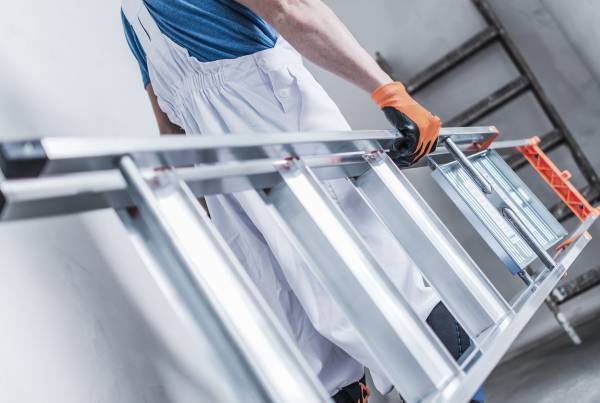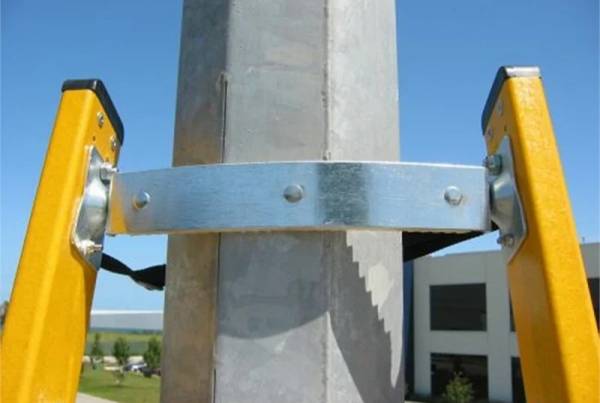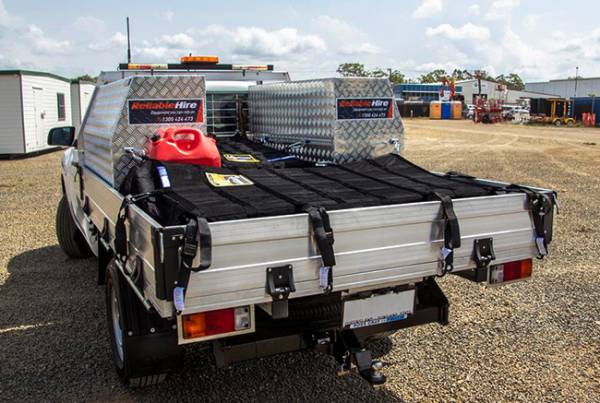Ladders are one of those items that you very often find around construction sites, buildings and residences in Brisbane and all over Australia. Because they are so common, it no longer occurs to most people that there are proper and improper ways to use them. Due to this lack of knowledge and awareness, falls, accidents, injuries and even fatalities happen when using ladders.
Ladders may be simple tools, but they can be incredibly dangerous when handled the wrong way. If you’re one of those who use ladders frequently, these are some of the basic things you need to know in order to maintain safety when using ladders.
DOs
- Pick the right ladder for your purpose. You can read about how to choose the right ladder for your needs in our previous post.
- Read manufacturer guidelines and labels on the proper usage of the ladder, and make sure to follow these.
- Set your ladder in the correct angle. Single-sided or extension ladders should be set up at around a 75-degree angle. The distance of the ladder from the supporting structure or wall should be approximately a quarter of the entire length of the ladder (distance to length ratio is 1:4).
- Use levellers if the ground is soft or uneven, and rubber stoppers to keep the base secure. Better yet, have someone else on the ground securing the ladder, or secure the ladder at the top and base using ties (around the rails, not the rungs), planks and other securing measures.
- Make sure that your ladder is placed away from any disturbances, such as swinging doors and passers-by that might knock the ladder over. Place traffic cones or other barriers around the ladder if you need to, so as to prevent anyone or anything from coming too close.
- Wear slip-resistant footwear when climbing the ladder to prevent slips.
- Always face the ladder when climbing or working on it.
- When using ladders to access high areas, have at least three rungs above the area to be accessed.
- For stepladders and other two-sided ladders, make sure the spreader braces are opened fully and locked before use.
- Have your ladders checked every once in a while by a competent specialist to ensure that your ladder is still durable. If it begins to show signs of malfunction, stop using it immediately.

DON’Ts
- Use ladders if safer, more viable solutions are available. For instance, if order pickers or more stable scaffolding is available, then it would be safer not to use the ladder.
- Reach or lean over on one side of the ladder. This will misalign your centre of gravity and cause you to fall. Your body should be centred between the rails at all times to keep the ladder balanced.
- Straddle a double-sided ladder. This would mean standing near or on the very end of the ladder, which can throw it off balance.
- Exceed the maximum weight capacity of the ladder. As durable as it may seem, it is never a good idea to test your ladder with a load that is beyond what it was built to carry.
- Have more than one person on the ladder. Unless specifically built for more persons, ladders are often limited to carrying only one person at a time.
- Use ladders for heavy-lifting jobs. Aside from their limited weight capacity, ladders are built primarily for light duty jobs that last only a short time.
- Use ladders for jobs where you need to handle tools with two hands (e.g. nail gun, circular saw). Remember the three point rule: at least three points must connect you to the ladder at all times. This can either mean two hands on the rails as you climb with one foot after another, or two feet on a rung with one hand on the rail.
- Use a ladder when it’s wet or windy. Wind and rain can make it even more dangerous for you to be working at heights. If you must, opt for more stable options, such as scaffolding.
- Use a ladder on top of scaffolding to gain more height.
- Use metal ladders for electricity related work.
- Stand or sit above the fourth uppermost rung. This is already near the end of the ladder and putting your entire weight here will most likely put the ladder off balance.
- Place ladders near dangerous objects (heavy machinery, sharp objects or chemicals), or against fragile surfaces (glass). Also do not position them near edges and elevated areas (balconies) as falls from these heights can be fatal.
- Work on the ladder directly above other people. They might get hit by falling objects or by the ladder in case it slips.
Commonplace as they are, ladders and their usage should not be taken for granted. Aside from following these safety tips, make sure to select a high quality ladder from a trusted provider, like Vetner. We supply a wide range of Ladamax, Gorilla and Bailey ladders online, plus many other well-known brands. With Vetner, you can be sure to reach greater heights using the safest, high quality ladders available.



